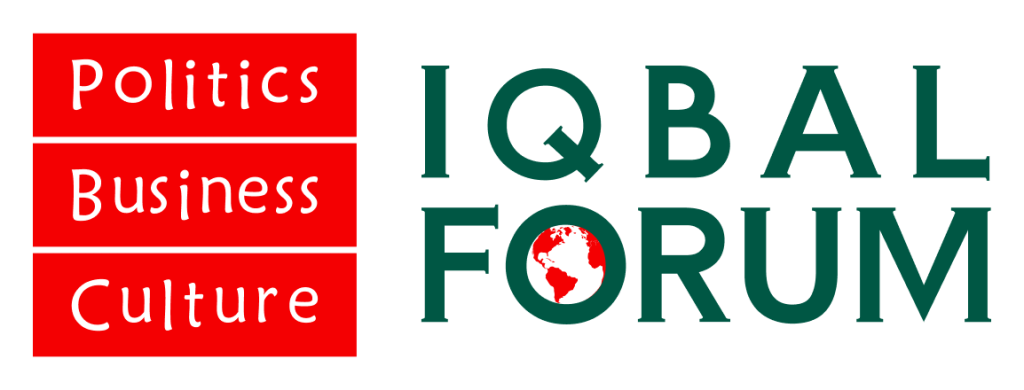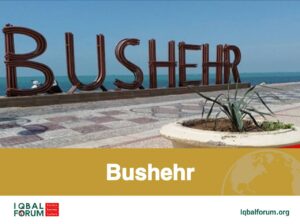The Role of Cultural Commonalities Among Ethnic Groups Living in the Border Regions of Iran and Pakistan in Strengthening and Developing Bilateral Relations
The importance of issues related to the shared border regions of Iran and Pakistan, including both opportunities and threats, necessitates the strengthening and optimal utilization of opportunities, as well as the reduction and elimination of obstacles and threats. This would create greater grounds for expanding cooperation between the two friendly and neighboring countries, Iran and Pakistan.
Instability caused by the sporadic movements of armed terrorist groups in the border areas has increased the security dimensions of these regions and poses a serious obstacle to the implementation of social, economic, commercial, and welfare development plans in the peripheral regions of Iran and Pakistan. Naturally, a purely security-oriented approach from Tehran and Islamabad toward the border regions hinders investment, the strengthening of necessary infrastructure, and the economic and social development of the surrounding areas, thereby perpetuating the problems of these border areas.
One of the most significant and exploitable potentials for the economic and social development of Iran–Pakistan border areas—especially in the Balochistan region—is the shared ethnic and tribal background, which plays a vital role in economic and trade relations between the two countries. These commonalities, stemming from shared ancestry, language, and cultural history, have a substantial impact on border economic and social relations. Below are several aspects of how these commonalities affect the economic and trade interactions between the two nations:
- Growth and Strengthening of Border Trade Relations
In areas like Iranian and Pakistani Balochistan, Baloch people live on both sides of the border as a shared ethnic group. This ethnic commonality can significantly facilitate cross-border trade. Locals on both sides, especially those in the border regions, often have close ties and family relationships, which in turn ease informal trade.
- Border Markets: Due to their shared language and public relations, Baloch people in both countries easily trade goods in border markets. These markets are places where goods are exchanged without complex customs processes.
- Informal Trade: Informal trade is very common in these areas, including goods such as fuel, foodstuffs, clothing, and agricultural products. Close ethnic ties help facilitate these transactions.
- Common Ethnic Backgrounds Can Improve Cultural and Academic Exchange
Baloch communities in both countries are very similar linguistically, culturally, and ethnically. These similarities enhance cultural and educational relations among the border populations, creating opportunities for the exchange of experiences and knowledge.
- Joint Educational Projects: Since Baloch people share the same language and culture across the border, educational cooperation through joint universities and institutions can be expanded. Such collaborations can positively influence economic knowledge and business skills in the region.
- Solving Social and Economic Problems Through Border Cooperation
Social and economic challenges in the border areas—such as unemployment, poverty, and limited access to public services—can be addressed through ethnic and tribal cooperation. Given the strong community ties on both sides, local populations can often play a more effective and lower-cost role in development compared to state institutions.
- Social Issues: Strong social ties can help resolve issues such as violence and tribal conflicts. For example, Baloch communities in Iran and Pakistan can leverage their positive relationships to reduce tensions and foster social peace through dialogue and bilateral cooperation.
- Economic Cooperation: Economic cooperation between the two countries can be enhanced through ethnic and tribal support and people-to-people relations. For instance, free trade zones near the border can create employment opportunities for the local population.
- Strengthening the Role of Border Residents in Security and Development
Shared ethnic and tribal identities encourage greater participation of local people in border management and security. Due to their familiarity with the border areas and their challenges, Baloch communities can be more effective than non-local institutions in protecting borders and managing border crises.
- Security Role: Ethnic and tribal ties enable border residents to act as security agents near the borders. This cooperation can prevent various forms of smuggling—including goods, people, and drugs—as well as terrorist activities. The more border trade and economic activity grows, the more insecurity and recruitment by illegal groups will decline.
- Participation in Development Projects: The region’s considerable human resources can be mobilized for development projects along the border—especially in infrastructure, education, and agriculture—with support from relevant government sectors in both countries.
Strategies for Strengthening Trade and Economic Cooperation
Since residents on both sides of the border share a common ethnic identity, the governments of Iran and Pakistan can use this as a tool to strengthen people-to-people relations, especially in economic and commercial areas. Moreover, if border agreements are designed and implemented with local population needs in mind, they will undoubtedly help eliminate long-standing poverty and improve livelihoods and the environmental conditions of the region.
- Encouraging Legal Trade: Governments can support legal trade in border markets by simplifying customs procedures and reducing bureaucratic hurdles, thus creating economic opportunities for Baloch communities in both countries.
- Supporting Local Industries: By leveraging the economic potential of local ethnic communities in industries such as fisheries, agriculture, and handicrafts, governments can help boost the economic growth of the Iran–Pakistan border areas.
Border Challenges and Threats
- Smuggling, terrorism, and insecurity on both sides of the border (including armed groups, traffickers, and separatists)
- Weak infrastructure and border bureaucracy
- Climate challenges and shortages of water resources, drought, sand and dust storms
- Poor environmental conditions, poverty, and unemployment, which can lead to recruitment by illegal groups
Opportunities and Strategies for Developing Border Cooperation
- Strengthening border markets through customs and tax exemptions
- Joint investments in solar energy, fisheries, and transit
- Reviving the gas pipeline project despite financial and international barriers
- Developing tourism and ecotourism in border regions
- Cooperation in controlling various types of smuggling through information exchange and border guard training
- Shifting from a security-oriented border environment to an economic-commercial zone, especially through cooperation between Chabahar and Gwadar ports and avoiding competitive tension between the two
- Focusing on win-win cooperation models instead of regional rivalry
- Removing investment barriers and increasing joint investment in energy, transportation, and agriculture
- Expanding legal trade and developing border markets
Conclusion
Ethnic and tribal commonalities along the Iran–Pakistan border represent a valuable opportunity to strengthen economic and trade relations between the two countries. These relationships can help facilitate border trade, reduce social tensions, and promote security and economic development in the region. With greater attention and support from both countries’ central governments and by creating shared economic and trade opportunities, sustainable development and enhanced security in these areas can be achieved—an important step toward deepening ties between the friendly and neighboring countries of Iran and Pakistan.





